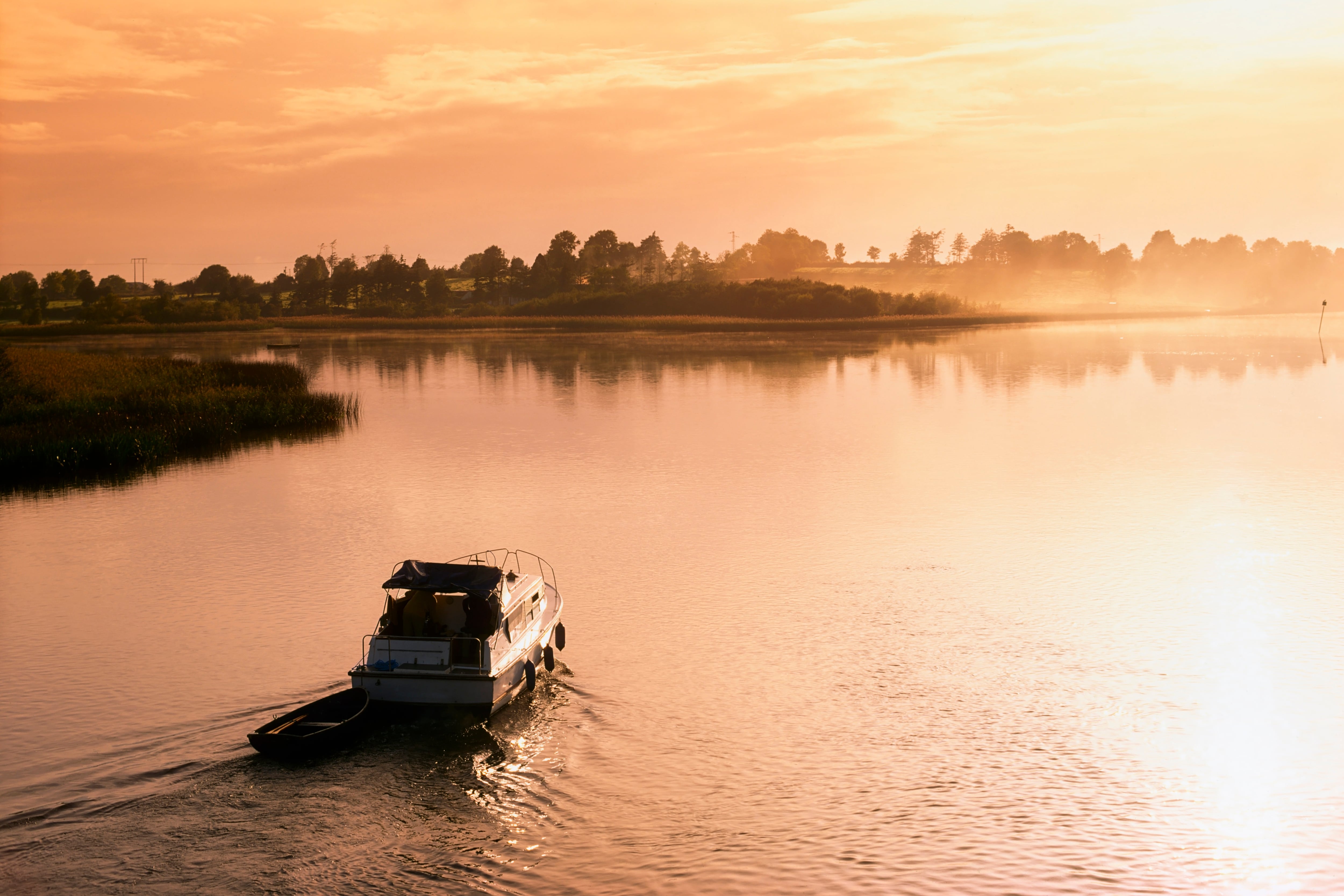It might seem contradictory that to protect some of our most nature-rich areas, we have to kill millions of plants with herbicides. But, for the past few years, a small team of skilled individuals has been doing precisely this in a corner of north Connemara.
A few months ago, while driving through Bundorragha, between Killary Fjord and the Delphi Valley, I spotted a familiar face standing in a field beside the road. Colm Gavin, an eighth-generation sheep farmer, was chopping down a row of Rhododendron ponticum. When alive, their pinkish flowers are surrounded by glossy green leaves. That day, the dead rhododendrons, which Colm had killed about 18 months previously, were dry, leafless and grey, like large skeleton fingers sticking up from the ground.
I first visited Colm a few years ago to see how he was farming in an area crucial for the freshwater pearl mussel, which lives in the rivers along his fields. Bundorragha is Europe’s top spot for this long-lived and near-extinct bivalve, which needs pristine, clear water to survive. Colm and his father, Martin, were part of a project that supported farmers in minding the mussels; for example, they built mini-dams in streams to prevent silt from draining into the river.
It didn’t take long for Colm to point out the invasive rhododendron, which has a strong foothold in this area, carpeting tracts of blanket bog and farm fields up the hills and even on the lake’s islands. From childhood, he was always aware of the plant – it’s impossible to ignore in mid-May when its flowers glow pink in the landscape – but it’s only in the last decade or so that he fully realised the extent of the problem. In the past, when attempts were made to cut it back, it would respond by growing more vigorously, like a multi-headed Hydra.
READ MORE
The plant was introduced into Ireland in the late 1700s by gardeners who fancied ornamental, colourful plants in springtime. By 1843, it was planted in Derrycunihy Woods in Killarney; soon after it was self-seeding in the wild. Over time, it has crept up the west of Ireland into Mayo and Galway, smothering and choking habitats and native species.
As invasive species go, you couldn’t design a more formidable plant. It grows slowly for the first few years of life and doesn’t flower for the first 10 years, so its progression through the landscape is easily missed. But once flowering, it will release millions of tiny, oval hairy seeds that can spread over a kilometre by wind, water, or on animals or humans. A single flower can produce 5,000 seeds; within 20 years, up to 18,000 plants can grow per acre of ground.
It thrives in acidic soils in mild, damp climates and can withstand windy conditions. It can grow at altitude, in shade, or in full sun. Its thick leaves quickly absorb any available sunlight, pushing out other plants. When branches touch the ground, they can produce roots to form new plants. A bush can live for up to 120 years.
Left alone, rhododendrons will form dense dark thickets and outcompete native trees such as oak and hazel. It soaks up any available water on bogland, drying it out and killing sphagnum mosses along the way. It produces a chemical in its leaves, poisonous to animals and some native bee species. To top it all off, it also hosts a fungus that causes sudden oak death.
The rhododendron has one weakness: it doesn’t like frost, and a sharp cold spell will kill off young seedlings. But our winters have become so mild that they are not dying but flowering. Last year, for the first time ever, rhododendrons in Colm’s Co Mayo valley flowered for a second time in October. It is, says Colm, a “heartbreaking” problem.
To tackle rhododendron, you need people on the ground. In 2022, Colm and and his father set up a publicly funded pilot project for training locals in how to control the plant. The technique is simple: with a hatchet or chain saw, you make a series of tiny cuts at the base of the plant, into which a minuscule amount of herbicide is sprayed. It seeps into the plant’s cells, bursting them open and leading to death.
Colm calculates that he has killed thousands of rhododendrons in the past few years. It isn’t pretty work; you’re left with dead bushes standing, and using herbicides in such important habitats – however small the amount – is not ideal. But it’s essential to stem the tide and restore nature.
And so, a team of 20 people, including Colm, is now dedicated to locally eradicating these pink interlopers from this part of Ireland. They join groups in other parts of the country, such as Donegal, who are doing similar work. For farmers involved in such efforts, it broadens the definition of their job: no longer just food producers, they are also paid to be managers of the landscape for nature, one rhododendron death at a time.











